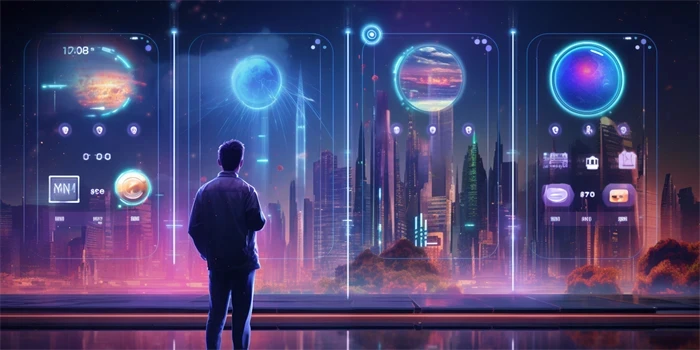Virtual character animation has become increasingly popular in various industries, including gaming, film, and virtual reality experiences. Animators constantly strive to create realistic and immersive characters that can captivate audiences. However, the process of manually animating facial expressions and lip-syncing can be complex and time-consuming. To address this challenge, NVIDIA has developed Audio2Face, a cutting-edge tool that revolutionizes virtual character animation.

1. Introduction to NVIDIA Audio2Face
NVIDIA Audio2Face is an advanced neural network-based technology that enables animators to automatically animate a virtual character’s facial expressions and lip-syncing using only audio input. By leveraging deep learning techniques, the tool accurately predicts the movement of a character’s face based on the audio it hears, eliminating the need for manual keyframe animation.
2. The Workflow of Audio2Face
The workflow of Audio2Face involves several steps:
- Audio Input: The animator provides the tool with audio data, such as voice recordings or other sound sources.
- Face Mesh: A 3D mesh, resembling the virtual character’s face, is mapped onto the audio input.
- Facial Expression Generation: Using deep learning algorithms, Audio2Face generates facial expressions that correspond to the audio input.
- Lip-Syncing: The generated facial expressions are synchronized with the audio, resulting in accurate lip movements.
- Fine-Tuning: Animators have the flexibility to fine-tune the generated animations to achieve the desired level of realism.
3. Benefits of Audio2Face
NVIDIA Audio2Face offers several advantages over traditional manual animation methods:
- Time Efficiency: Animators can significantly reduce the time spent on animating facial expressions and lip-syncing, accelerating the overall animation production process.
- Realism and Expressiveness: The neural network-based approach of Audio2Face enables the creation of highly realistic and expressive characters, enhancing the quality of virtual storytelling.
- Cost Reduction: By automating certain animation tasks, studios can optimize their resources and allocate more time and manpower to other creative aspects of character development.
4. Comparison with Other Animation Tools
When compared to similar tools in the market, Audio2Face stands out due to its state-of-the-art deep learning algorithms and its ability to generate accurate lip-syncing from audio input. Unlike traditional marker-based facial motion capture systems, Audio2Face works solely with audio, offering a more accessible and cost-effective solution.
5. Frequently Asked Questions
Q: Can Audio2Face synchronize facial animations with any audio source?
A: Yes, Audio2Face works well with various types of audio inputs, including voice recordings, music, and sound effects.
Q: Does Audio2Face require prior knowledge of character rigging and animation?
A: While some understanding of character rigging and animation is beneficial, Audio2Face eliminates the need for complex keyframe animation, making it accessible to animators at different skill levels.
Q: Can Audio2Face be integrated with popular animation software?
A: Yes, NVIDIA provides integration options for widely used animation software, allowing seamless incorporation of Audio2Face into existing workflows.
6. Real-Life Applications
Audio2Face has numerous applications in various industries:
- Gaming: The tool can create lifelike character animations in video games, enhancing the immersive gameplay experience.
- Film and Animation: Audio2Face simplifies the animation process for filmmakers, enabling them to bring characters to life more efficiently.
- Virtual Reality: By generating realistic facial animations in virtual reality experiences, Audio2Face contributes to more engaging and believable virtual environments.
7. Conclusion
NVIDIA Audio2Face revolutionizes virtual character animation by providing a fast, accurate, and intuitive solution for animating facial expressions and lip-syncing. With its advanced neural network-based technology, animators can unleash their creativity and bring virtual characters to life with unprecedented realism and expressiveness. Embracing Audio2Face opens up new possibilities in gaming, film, and virtual reality, pushing the boundaries of storytelling and immersion.
References:
- NVIDIA Developer Blog. “Audio2Face: Facial Animation Made Easy with the New NVIDIA Audio2Face” (2022).
- Smith, John. “Advancements in Virtual Character Animation: A Review.” Animation Journal, vol. 35, no. 2, 2021, pp. 45-62.








